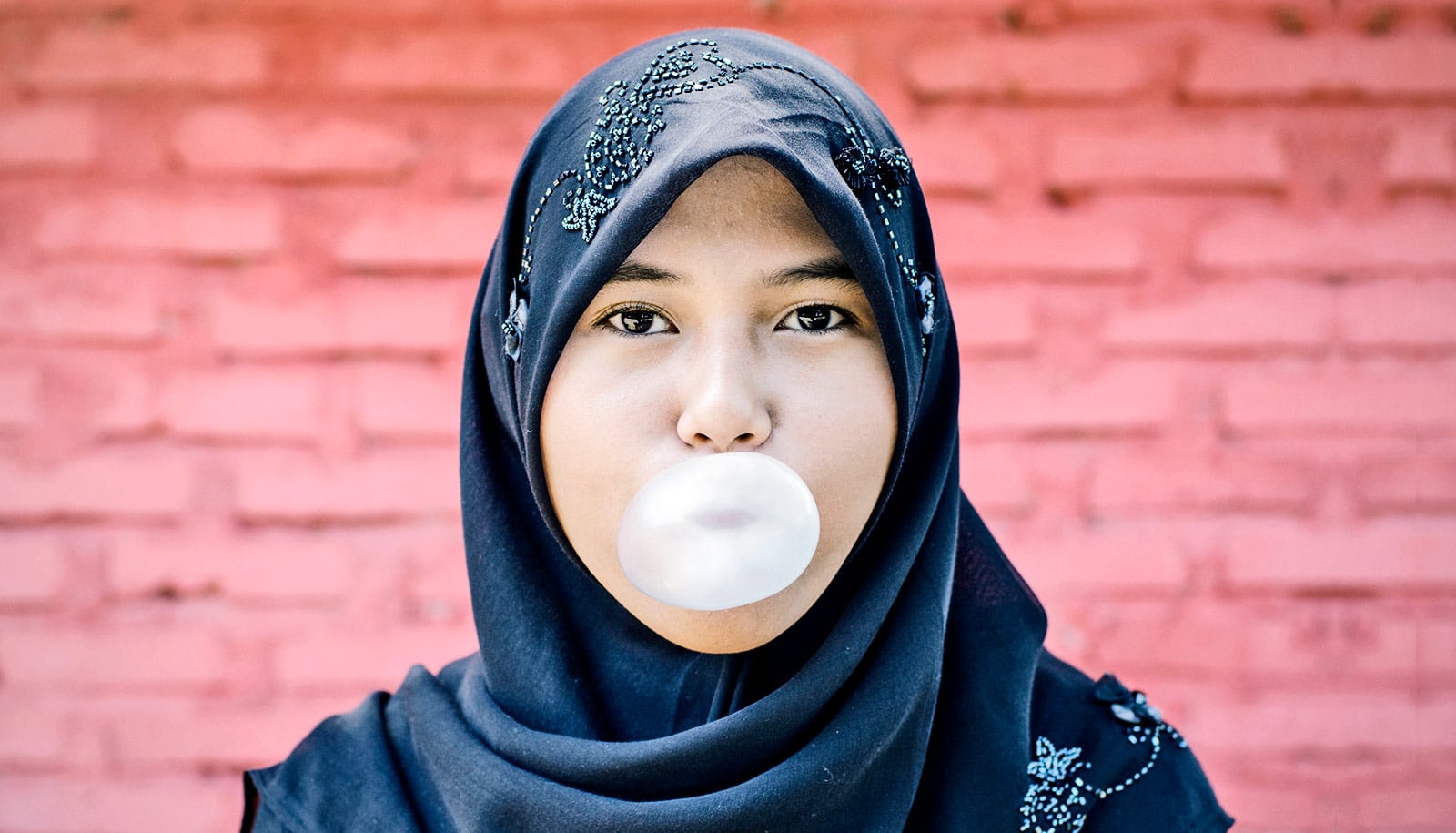A new paper argues that Islamophobia represents a form of racism mixed with cultural intolerance, rather than just an issue of religious intolerance.
“We often hear that because Muslims are not a race, people cannot be racist for attacking Muslims. This argument does not stack up.”
Author Craig Considine, a lecturer in sociology at Rice University, reviewed more than 40 news articles and referenced dozens of academic studies relating to the experiences of American Muslims and the stereotypical depictions of Muslims.
His analysis revealed several findings from the various articles and research papers that support his argument that racism is a symbolic form of Islamophobia, which has been misrepresented as a form of religious bias that oppresses US Muslims on the grounds that Islam is nefarious and antithetical to American values.
“We often hear that because Muslims are not a race, people cannot be racist for attacking Muslims,” Considine says. “This argument does not stack up. It is a simplistic way of thinking that overlooks the role that race plays in Islamophobic hate crimes.”
Considine summarizes the findings below:
- In 2016 alone, incidents of Islamophobia, including acts of violence and nonviolent harassment, rose by 57 percent.
- More than half of hate crimes in the US in 2015—59.2 percent—were linked to a race/ethnicity/ancestry bias. Only 19.7 percent of hate crimes were linked to a religious bias, and 17.7 percent to a sexual orientation bias.
- More than 50 percent of Muslims experienced some form of hostility between 2010 and 2014, and more than one-third of Muslims felt they had been targeted on the basis of being identified as Muslim.
- News outlets give drastically more coverage to crimes by Muslims. Attacks by Muslim perpetrators received, on average, 449 percent more coverage than crimes carried out by non-Muslims.
- Out of more than 1,000 Hollywood films depicting Arabs, 932 of these films depicted them in a stereotypical or negative light. For example, Arabs/Muslims were constructed as the ominous figure: the bearded, dark-skinned, turban-wearing terrorist. Only 12 films depicted these individuals in a positive way.
Considine says that in spite of the racialization of Islam, the population of Muslims in the US is heterogeneous.
Of the approximately 3.3 million Muslims of all ages living in the US in 2017, no single racial or ethnic group accounts for more than 30 percent of the total population. Thirty percent of US Muslims describe themselves as white, 23 percent as black, 21 percent as Asian, 6 percent as Hispanic, and 19 percent as other or mixed race. In addition, 81 percent of Muslims in the US are American citizens.
“Despite the racial, ethnic, and cultural diversity of the US Muslim population, they continue to be cast as potentially threatening persons based on perceived racial and cultural characteristics,” Considine says.
He also says the racially motivated incidents of hate crime examined in this paper—including one incident where a Sikh man in Mesa, Arizona, was shot and killed in the days following September 11 by a man who said he wanted to “kill a Muslim” in retaliation for the terrorist attacks—suggest that Islamophobia does not belong in the realm of “rational” criticism of Islam or Muslims.
In this situation, the perpetrator confused the man’s beard and turban as a representation of Islam, and effectively used his “race” to categorize and ultimately harm him in the worst way imaginable, Considine says.
“This incident and other incidents referenced in the paper are examples of how Muslims have been racialized and thus subjected to a kind of racism,” he says. “This has led to US citizens getting an idea of who the so-called ‘bad guys’ are and acting based on this knowledge.
Listen: What’s it like to be Muslim in America today?
“Taking a ‘colorblind’ understanding of Islamophobia—that is, to dismiss the role that race plays in anti-Muslim racism—legitimizes certain racialized practices and maintains inequalities such as racial profiling at airports, police brutality, housing and job discrimination, and voter disenfranchisement.”
Considine hopes the paper will raise awareness of the racialization of Islam in the US and help to counter the rising Islamophobia across the country.
“We would be misguided to dismiss the role that race plays in incidents where Muslims and non-Muslims are targeted due to stereotypes of ‘Muslim identity,'” he says. “This identity, insofar as the American context goes, appears to be weighted with racial meanings.”
To offset media bias against Muslims, make friends
The paper appears in the journal Religions.
Source: Rice University



